
Laser treatments have been used for some time to heal andimprove the condition of the human skin. They can treat different scars on the skin,caused by acne, chickenpox, surgical procedures or some injuries.
Small scars usually heal on their own, after some time, butthe larger scars need to be treated in some way. The most common treatmentsare: chemical peels, dermabrasion and of course laser therapy. Talking aboutthe scars, we can differentiate several types of scarring on the skin. There areatrophic scars. On the skin, they look like small pits or holes and are usuallycaused by some severe cases of acne. Then, there are keloid scars. These scars tendto grow over the damaged area of the skin and they are usually different colorthan normal skin. Keloids might be red or purple, and in most cases are raisedabove the skin level. Another type of scars is hypertrophic scarring of theskin. These scars fade over time, although they are initially very similar tokeloids.
Treating the Scars with Laser
There are some estimation that laser treatment can reducethe size and appearance of scars for about 80%. The type of scars on your skinwill make the dermatologist decide upon the appropriate laser for the treatmentof your particular case.
There are several lasers used to treats scarred skin, suchas CO2 and YAG lasers, fractionated CO2 and YAG lasers and also pulse dyelasers.
CO2 and YAG lasers are ablative lasers, mainly used to treatacne scars. They remove the top layers of the skin, damaging the skin butcuring the scars, which is why these laser demand some time for the skin toheal. Fractionated CO2 and YAG lasers are also used for the same purpose – to cureacne scarring. The difference is the localized damage they make. Instead damagingcomplete layer of the skin, they cause small damaged areas, and control theway your skin is healing. The bonus is no needed healing time.
Keloid and hypertrophic scars can be treated with pulse dye lasers.Sometimes, the treatment might need steroid or 5% fluorouracil (5 FU) to beadded, in order to flatten the scars with the level of normal, undamaged skin. Thistype of laser treatment also doesn’t need healing time.
Laser treatments with non-ablative lasers usually last from 10minutes to about an hour. In most cases, patients are given local anesthetics. Theydon’t need to be in the hospital and they are released quickly after theprocedure. Some patients might be prescribed antibiotic cream, to preventpotential infection of the skin, while some patients need pain killers. The recoveryand regeneration of the skin starts after a few days, and it depends on thetype of used laser and the characteristics of your skin.
However, some patients might experience unwanted effects, like pigmentation of the skin. Your skin may get darker orlighter, especially when exposed to the sunlight.
Is It Successful for Everyone
The laser treatments of the scars are more successful onpeople with fair skin. Patients with darker skin can be treated for acne scarswith fractionated infrared lasers, but there is nothing that could be done fortheir keloids or hypertrophic scars.
People with skin problems, such as psoriasis, cystic acne ordermatitis, should consult their dermatologist prior to the laser treatment.


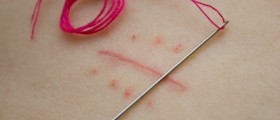


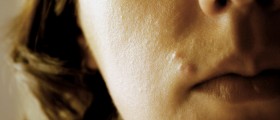

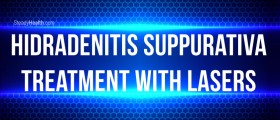
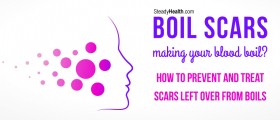

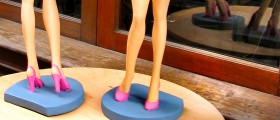
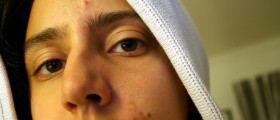


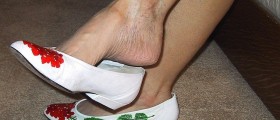


Your thoughts on this
Loading...